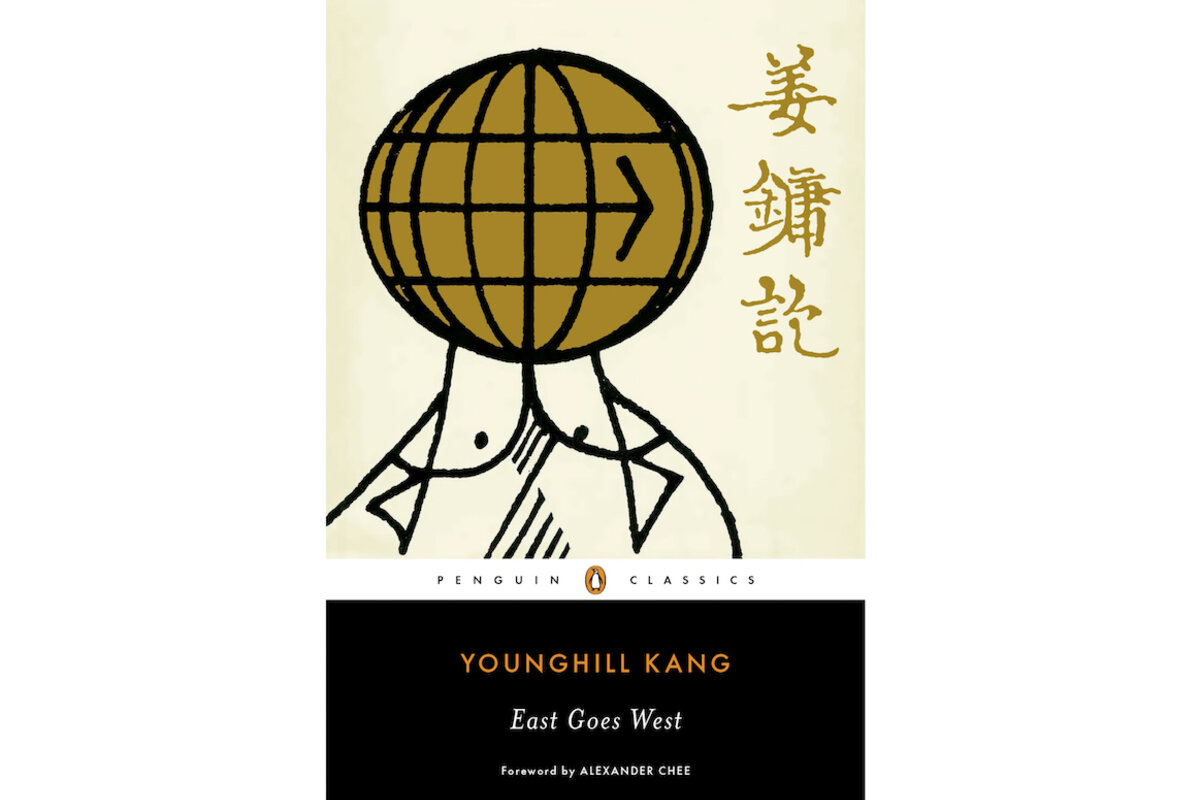Penguin Classics adds four books by Asian Americans to the canon
Loading...
During the first week that the film adaptation of Amy Tan’s “The Joy Luck Club” hit screens across the United States in 1993, I sat in a Manhattan office being interviewed by the head of a major arts organization. “I’m taking my son this weekend to see ‘Joy Luck Club,’” he chattily informed me. “I want him to learn about your Chinese culture.”
Yes, he was white.
No, I’m not Chinese. My roots are Korean, and my passport makes me American.
As for “The Joy Luck Club” being an arbiter of Chinese culture, that, too, was another erroneous assumption. The book’s author is a California-born American of Chinese descent who made her first trip to China in 1987, well after she began writing what would become a bestseller in 1989 America. To suggest that a Hollywood film based on an American novel could be a teaching tool about China seemed disappointingly myopic, even then.
Americans of Asian descent have been, well, Americans since the late 16th century. Notable historians have argued Columbus wasn’t the first to reach American shores in 1492, but that Chinese explorers arrived in the early 15th century and created a surviving map that shows America on the route. Those who stayed – the first Asian immigrants – were Filipino sailors who landed in California in the 1580s. The first large-scale Asian influx happened in the mid-1800s, when Chinese migrants were drawn to the West Coast seeking Gold Rush profits and employment building the transcontinental railroad. The 1882 Chinese Exclusion Act – the first institutionalized race-based immigration law – severely curtailed immigration from Asian countries until the 1965 Immigration and Nationality Act finally lifted anti-Asian quotas.
“The Joy Luck Club” – by all accounts a modern American classic – celebrates its 30th print anniversary this year with a new preface added by Ms. Tan. Making publishing history, Joy Luck’s publishing parent, Penguin Group, simultaneously expands its Penguin Classics with the inclusion of four essential Asian American titles: The Hanging on Union Square: An American Epic (1935) by Chinese American H.T. Tsiang, a surreal overnight journey in which protagonist Mr. Nut confronts politics and capitalism; East Goes West: The Making of an Oriental Yankee (1937) by Korean American Younghill Kang, an immigrant epic that criss-crosses a less-than-welcoming American landscape; No-No Boy (1957) by Japanese American John Okada, about the price of refusing to submit to the U.S. government’s unsubstantiated, unjust imprisonment of 120,000 Japanese Americans during World War II; and America Is in the Heart (1946) by Filipino American Carlos Bulosan, a vivid semi-autobiographical novel about the immigrant migrant worker experience.
In an interview with Publishers Weekly, Penguin Classics’ executive editor John Siciliano said that he “made it his mandate to diversify the Penguin Classics internationally” when he joined the publisher in 2006. Thirteen years in the making, the quartet hit shelves in late May (to coincide with Asian Pacific American Heritage Month), each strikingly repackaged with illuminating introductions and editors’ notes by prominent Asian American scholars, editors, and fellow writers – with matching specific Asian backgrounds.
“For the contributors, these books have always been classics,” the press announcement acknowledged. “The authors of these classics have all endured comparisons to better-known white authors in order to describe their own genius; Younghill Kang has been compared to Whitman and Nabokov, Carlos Bulosan to Steinbeck. Yet each author’s work is a uniquely powerful touchstone for the immigrant experience in America.”
Reclamation and recognition are clearly the intention of the village gathered to enhance and celebrate the classic foursome. Chinese American New Yorker writer and Vassar professor Hua Hsu recalls his discovery of a first edition of “The Hanging on Union Square”: “Anyone who self-publishes an ‘American epic’ is worth investigating,” he wrote. Hsu turned that initial fascination with Tsiang into his book, “A Floating Chinaman: Fantasy and Failure Across the Pacific.”
Bestselling Korean American author and Dartmouth associate professor Alexander Chee introduces “East Goes West”: “Both Kang’s work and his existence changed my sense of belonging to this country, and I can see I inhabit a space he made for me.”
Sunyoung Lee, publisher and editor of Kaya Press, which reprinted “East Goes West” in 1997 after it had been out of print for decades, explains in the afterword of the Penguin edition that Kang saw himself as “the Korean who could become an American through force of will, the Asian immigrant who could sustain a career as a successful writer.”
Japanese American and National Book Award finalist Karen Tei Yamshita prefaces “No-No Boy” with a reminder that in these times of detention centers, border violence, and incarcerations, “Okada’s novel challenges us once again with the question of character, asking us, as individuals and as a society, what are we made of.”
And Filipina American author Elaine Castillo, whose own lauded “America Is Not the Heart” references her literary predecessor, “America Is in the Heart,” insisting, “To not read it is, to put it simply, to not know America.”
Despite a history older than the nation, Asian Americans are continuously perceived as foreign, as “other.” Literature, as arbiter and mirror of experience, records our stories for perpetuity. Thirty-year-old bestseller “The Joy Luck Club” perennially provides irrefutable proof Asian American stories warrant shelf space. That Penguin Classics – their venerable list considered a significant barometer of what comprises the Anglophone literary canon – has added this Asian American quartet is, undoubtedly, long-awaited, long-deserved recognition.
Terry Hong writes BookDragon, a book blog for the Smithsonian Asian Pacific American Center.








